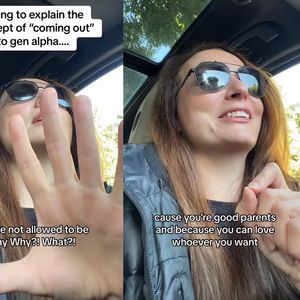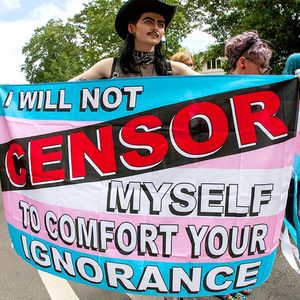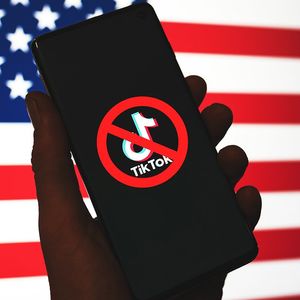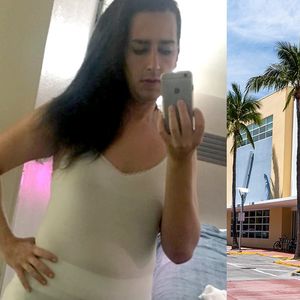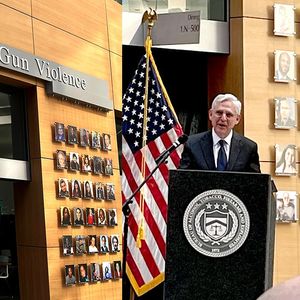New research, published in the Journal of Acquired Immune Deficiency Syndromes suggests a 2011 Center for Disease Control and Prevention’s (CDC) study may have overestimated the number of people living with HIV in the U.S. while simultaneously underestimating those who are on antiretroviral therapy and have undetectable viral loads.
The discovery began with a mismatch in numbers.
While the 2011 CDC study showed only 30 percent of people with HIV had a suppressed viral load and were an ART, recent research from the local levels report a continuing decrease in diagnoses for nearly every group. With such a low rate of viral suppression, one would have expected an increase in new diagnoses, but that hasn’t been the case.
Researchers recalculated the numbers by first searching laboratory records of viral loads and CD4 tests found at state and local levels — 20 jurisdictions in total, including New York, San Francisco and Seattle. Comparing these results to the 2011 CDC study, they quickly found a major discrepancy.
According to the CDC, there are 1.2 million people living with HIV in the U.S.; 86 percent of those with HIV have been diagnosed, and 40 percent are engaged in care, while 30 percent are virally suppressed.
Researchers now estimate that people living with HIV in the U.S. could be as few as 819,000 — a third lower than the CDC estimation. Additionally, they maintain, 68 percent are on ART, and 55 percent are virally suppressed (rather than the 30 percent CDC projects).
The new numbers were based on the discovery that patients returned to care at a fairly constant rate, which was then used to estimate the number out of care.
For example, in Seattle 84 percent of people with HIV are retained in care. This percentage included records from those who have not had a CD4 or viral load test result for over four years. When these are removed, the proportion rises to 88 percent. In New York, it’s 91 percent.
By using the same methods to weed out false records of people living with HIV, that would mean the percentage of HIV-positive people living with a suppressed viral load is 67 percent in Seattle, 70-72 percent in New York and as much as 78 percent in San Francisco. This may explain the apparent decrease in HIV diagnosis in these cities.
Given the fact that some areas may have a higher proportion of diagnosed people out of care, the true number probably lies somewhere in the middle — between 819,000 and the CDC’s 1.2 million estimation.
The researchers quantified their findings saying that their study “is not an attempt to precisely quantify the number of HIV-infected persons in the U.S., but rather to examine the extent to which the current estimates change when derived from evidence available at the state and local level.”
Have they stumbled into a more “precisely quantif[ied]” count of HIV-positive people, or are there other reasons for the statistical anomalies?












































